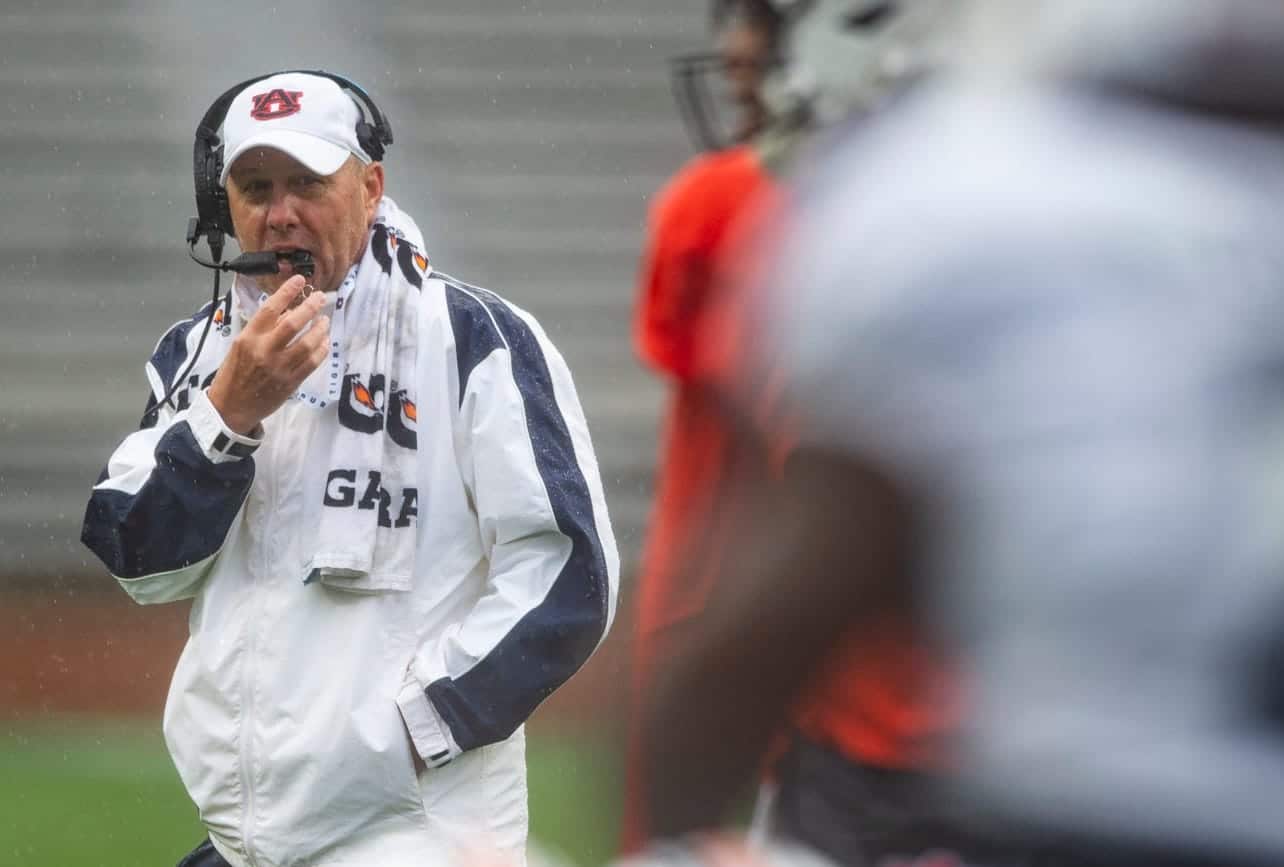
Why Hugh Freeze, not Deion Sanders, has the more repeatable approach to rebuilding a roster
I might not totally agree with how blunt Deion Sanders can be, but I completely understand his approach at Colorado. He inherited arguably the worst Power 5 roster. The Buffaloes were dead last in America in scoring defense. In fact, they were a full 8 points worse than the next-closest Power 5 team, Arizona, in that department. To make matters worse, they were No. 127 in FBS in scoring offense and they were No. 125 in yards/play.
Oh, and just in case that wasn’t enough, Colorado has been to 1 bowl game in the past 15 seasons. It’s almost impossible to be that bad at the Power 5 level, and yet, the Buffs might’ve been at their absolute worst in a 1-11 season that saw them fail to win a game in regulation (a 20-13 overtime win vs. 4-win California was the lone victory of the season).
You’d better believe that roster was worthy of getting gutted.
Could anyone have expected that a whopping 57 Colorado players would enter the portal after Sanders took over? Nope. That’s unprecedented.
So does that mean Sanders has the new model for a Year 1 rebuild? Not at all. Hugh Freeze has a much more repeatable approach to that.
Colorado is 1 of 1 right now. It had a Power 5 athletic director who made an atypical move to hire a coach from the HBCU ranks who then got his blessing to use the portal in ways we’ve never seen during its brief history. Colorado did that because of that aforementioned bowl drought and because it ranked No. 63 in the 247sports talent composite rankings in 2022. There were just 3 players ranked as former 4-star recruits on the roster. At Jackson State, Sanders had 13, including former No. 1 overall recruit Travis Hunter, who followed his coach to Boulder.
The only Power 5 programs that ranked lower than Colorado in the talent composite rankings were Duke, Syracuse, Kansas State, Kansas, Wake Forest and Washington State, which was the only one with fewer than 3 former 4-star recruits.
What am I saying? Very few teams, if any, start where Colorado was.
Much more likely is that a team is starting off where Auburn is. Hugh Freeze needed to rely heavily on the portal in order to improve in Year 1 after Bryan Harsin’s staff struggled in that area, as well as developing the blue-chip recruits they did get.
Auburn went into 2022 ranked No. 18 in the 247sports talent composite with 33 former 4-star recruits. Since the end of the regular season window, Freeze had 20 players enter the portal. That’s a ton, but it’s not 57. Why? The cupboard wasn’t bare. Even a 5-7 team had plenty of guys who were still worthy of staying on the roster. Freeze did dip into the portal plenty, too. As of May 17, he added 19 transfers.
Freeze saw an obvious need to improve on the offensive line, so he went to the Group of 5 ranks and got 3 multi-year starters who should step in and be immediate starters. He was clear that receiver depth was lacking, so he went out and landed 3 coveted transfers. And instead of trusting that the talented but developing Robby Ashford was going to be his unquestioned starter just because he held that role with the previous regime, Freeze added a multi-year Power 5 starter in Payton Thorne.
In any given year, a new coach at the Power 5 level should be able to check all of those boxes. With the ability for undergraduate transfers to play immediately, that’s exactly how a Year 1 coach should approach roster rebuilding.
If you take the Sanders approach at a place like LSU, imagine the bridges burned for high school coaches in that state. Even if that type of approach was taken to a place where the talent pool isn’t as deep like Wisconsin, you’d be spitting in the face of the development for one of the best offensive line pipelines in the sport.
For what it’s worth, that’s before you factor in the NIL-invested boosters who probably wouldn’t take too kindly to backing a new coach, only to watch their investment get flushed down the toilet in a total roster overhaul.
Maybe you can find a handful of desperate programs that would embrace a total gut job like the one Sanders executed, but that list is shorter than you think. It certainly doesn’t include programs that consistently pull in top-30 classes, which is nearly half of the Power 5. There’s cleaning that up, and there’s totally undoing that. Sanders’ approach would be the latter, and very few places need a clean sweep. At least not to that extreme.
It’s funny because when Harsin was fired at Auburn, Sanders was among the splashy candidates being linked to the job. We don’t know if his “I’ve got my own luggage” approach would’ve been implemented at Auburn, or if it was that plan that perhaps prevented him from being considered.
What we do know is that Sanders’ approach is unprecedented. The word “unprecedented” seems to be a theme for his roster-building strategy, even while he was at Jackson State. We asked after Hunter’s commitment if it was about to become the norm to see HBCU’s poach 5-star recruits, or if it was just because of Sanders’ larger than life persona.
So far, it’s unfair to say that anyone can follow the Sanders model. He won’t be for everyone, but clearly, he’ll be that guy for plenty.
Just don’t assume that his way becomes the way to rebuild a Power 5 program.
Connor O'Gara is the senior national columnist for Saturday Down South. He's a member of the Football Writers Association of America. After spending his entire life living in B1G country, he moved to the South in 2015.







